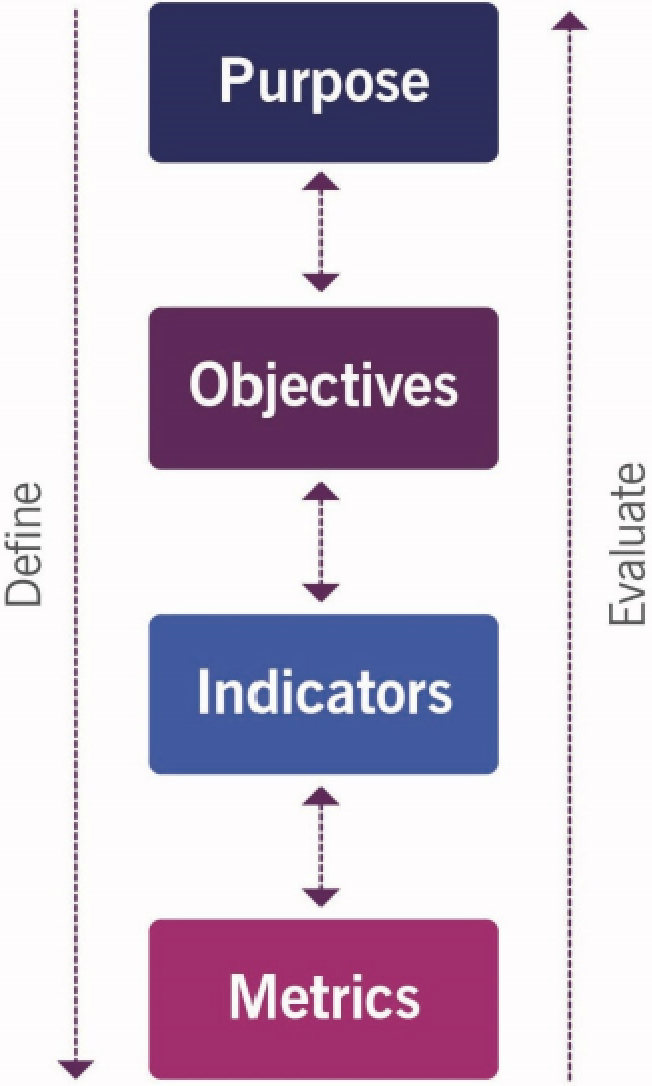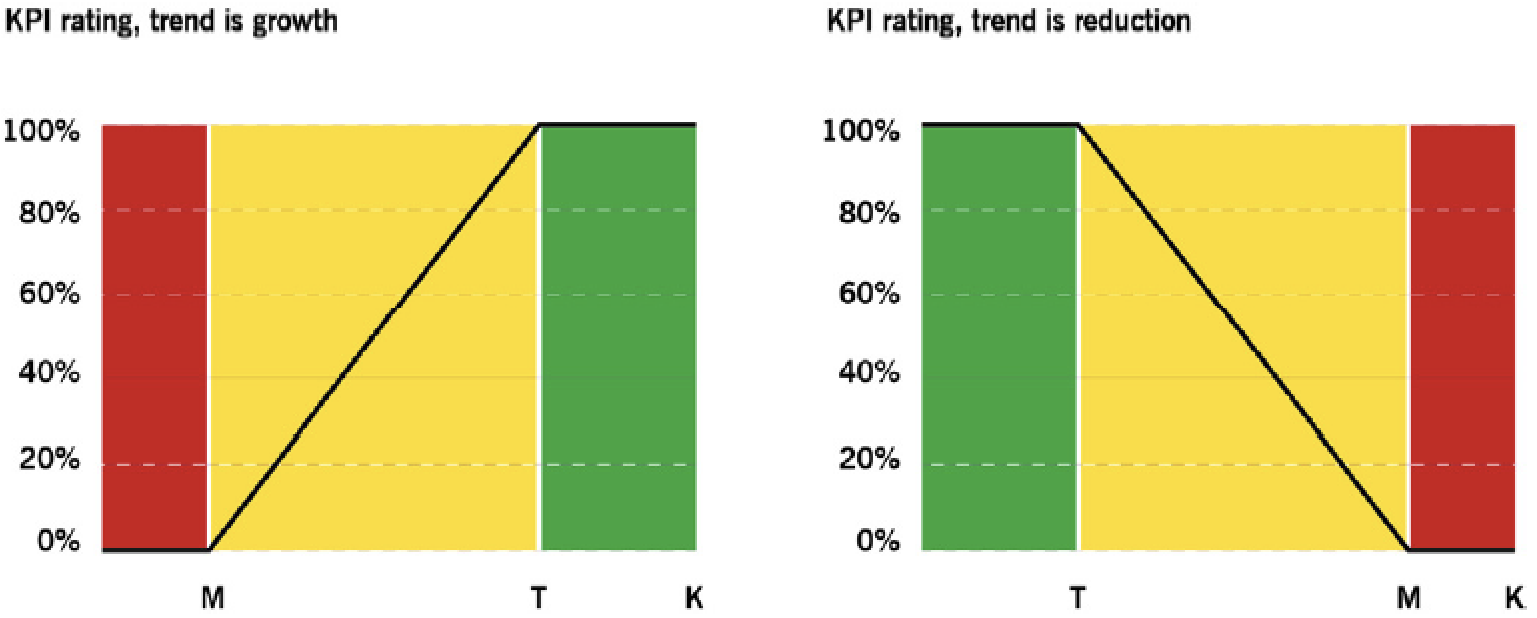ITIL 4 Strategic Leader Certification Course: Practices - Measurement and Reporting (MR)
Purpose: to support good decision-making and continual improvement by decreasing the levels of uncertainty
Data collected from:
- Products and services
- Practices and value chain activities
- Teams and individuals
- Suppliers and partners
- Organization as a whole
Measures are based on organizational objectives:
- Customer/market relevance
- Operational excellence
Use CSFs for each objectives and then define KPIs for each CSF (granularity and transparency)
1. Practice success factors (PSF)
Three PSFs for MR:
- Ensure measurements are driven by objectives
- Ensure quality and availability of measurement data
- Ensure effective reporting to support decision-making
1.1 Measurements driven by objectives Measurements only have value if they help managers achieve objectives Five steps to form a measurement and evaluation system:
|
 |
- 5. Aggregate measurement data, KPIs tend to be expressed in different forms or have different targets:
- Transform into percentage ratings

- Results can be grouped into zones

- Create a performance scorecard (visualization to support decision making)
- Other methods include weighted arithmetic average, multiplication, dynamic weights…
1.2 Ensuring quality and availability
Absolutely critical PSF: incomplete, inconsistent, or poor data leads to poor decision-making
Characteristics of high-quality data:
- Intrinsically good: accurate, objective, believable, data source has a good reputation
- Contextually appropriate: complete, relevant, timely, appropriate volume
- Clearly represented: understandable, consistent, interpretable
- Accessible: available to designated consumers as agreed
Practices that ensure quality data: monitoring and event management, service desk, all practices that keep records)
Practices that ensure accessibility of information: availability management, information security management
1.3 Effective reporting
To develop an effective report:
- Who is the report consumer ?
- What is the purpose of the report? What decisions is it supposed to support ?
- Who will generate and work with the report ?
- How will the report be used ?
- What data should the report contain ?
- How will the report data be structured and displayed ?
- Grouped KPIs (logical blocks)
- Aggregating KPIs (overall success)
- Structure to identify bottlenecks by group data by region or service
- Visualization options (tables, charts, diagrams…)
Go back to ITIL 4 Strategic Leader Certification Course: Practices to finish this chapter or to the main page ITIL 4 Strategic Leader Certification Course.
Interesting Management
-

Part 1: A good manager, better team motivation, better team productivity, better team results
When you are managing a team, “how to be a good manager” is the “must”...
-

Report optimization, increase your time management
As manager, I am doing many reports, even when I was an ITIL consultant, I still needed to do many reports...
-

Tools to get your ITIL intermediate certifications, the missing 15 points for the ITIL 4 Managing Professional
ITIL V3 is going to be obsolete...
-

The importance of the first customer meeting for the service
Managing an IT service when I start a new company is not an easy task, particularly true, if the service...



